
I don’t mind sounding corny – some things just can’t be said enough:
Our home planet is unique…
Close enough to our sun to be warmed, but far enough away not to be scorched…
Half-days basked in light and half-days cooled in shade…
So much potential for life – this earth could be heaven. How lucky we are.
Here are some personal thoughts on how experiences of everyday wonder can help lift us from the swamping rigmaroles of personal life. I think of it as giving things a yogaturn. Because…
Because, it’s just so easy to get wrapped up in our own little world.
I got bogged down this summer. A health crisis was consuming too much energy; I could manage to teach well enough but had no creative urge to write. Small things got to me. I could get anxious about the least thing and, in the continuing rainless weeks of baking heat, I did not thrive.
One day, we couldn’t bear the screeches of our neighbours’ grandchildren on their trampoline, swings and slide. With no quiet indoors we went out to escape the noise.
On the market, two blokes stood smoking as they faced into the hatch of the little snack bar. They seemed oblivious of our efforts to get served, as we manoeuvred forwards and back to avoid their clouds of smoke.
We headed for the clean air of the hills, escaping with the curlews on the hot scorched moors.
Soothed but hot and thirsty, we then took refuge in the coolness of a favourite pub in trendy right-on Hebden Bridge. The place was busier than we’d ever seen it. People with drinks wandered uncomfortably from room to room looking for seats. Two ladies eating pickled eggs and drinking wine were comfortably sprawled across all the bench seating for three tables at one side of the room. I managed to squeeze up next to a guy’s big rucksack which he did not move from the seat; he and his stuff were monopolising a space which could have seated five or six. He looked the sensitive type but clearly wasn’t! I couldn’t help noticing that the book he sat reading was called “Higher Consciousness”.
How come people seemed so uncaring and oblivious to each other’s needs?
I like to people-watch. I learn a lot. Normally I’m upbeat in observation with a light-hearted yogaturn overview – but not that day. I longed for planet simple, where social interchange was always easy, caring and thoughtful.
I often head off to the hills in my heart and mind – it helps me see a bigger picture which is more compassionate and kind. But not that day. I just felt annoyed. Husband said I needed to get on the yoga mat, and he was right. Getting on the mat does always seem to sweeten life and set things right. I had been unwittingly sinking into my own realm of the unwell, yogaturns somehow slipping away in my preoccupation with personal affairs and health.
These yogaturns are for any time, whatever our situation and however we’re feeling – we just sometimes need reminding.
Selfish and defensive behaviour are often rooted in uncertainty, ignorance and fear.
Remembering this is in itself a yogaturn, which helps us feel compassion toward the inconsiderate or unkind, at times saving us from our own knee-jerk reactions.
Yoga helps us raise a more attuned self-awareness which is not self-obsessed.
Remembering this is another yogaturn, so we don’t take ourselves too seriously and can have a light-hearted default mode, even if we’re not in a good place at the time.
I like to lie down on my back on the yoga mat, semi-supine, open-handed, arms out wide. Eyes closed, I imagine a starry sky on a clear moonlit night. Having seen such skies and felt sublime I can invoke those feelings once again, purely through memory.
Letting such wonder be part of the ordinary everyday is yet another yogaturn. It uplifts and enriches life.
When I remember to gaze up at the heavens , I’m overwhelmed with wonder at this vast display of space and time.
Such feelings bring a shrinking sense of self without denting self-esteem. We can be reminded of our own short transient life without fearing its end.
Gobsmacked by starlight, I know that I am but one of similar billions, with each of us a tiny part of this boundless ever-changing universe. Such feelings humble me, helping me feel more connected to others and our world.
Perhaps the word ‘awe’ is overused today – but not felt enough.
Feelings of wonder, awe and the sublime are not so rare – they can just easily be missed or overlooked.
It’s not necessary to visit exotic locations, have bucket lists with bungee jumps, be an astronaut, blow our mind on drugs… to be uplifted by a transformative experience.
Such feelings come at different levels, take varied forms and induce a range of emotions. But all will help steer us away from self-preoccupation.
Shared experiences of awe and wonder can help people bond, to have more respect and love for our home planet and for each other.
Soaking up all the small wonders of our daily life adds up to an awful lot of awe… Reminding myself and others of this is the reason for this blog.
“It is one of the greatest glories of this universe that the common and inconspicuous life of ordinary men contains a thousand daily opportunities for spiritual splendour.”
From Seven Schools of Yoga. By Ernest Wood, 1931
Here are some suggestions for wonder-triggers:
- Look at an insect up close.
- Don’t miss a chance to get out in the natural world.
- Visit a cathedral or some similar awesome building or engineering project.
- Expose yourself to be blown away by someone’s creative talent, music or art, from the past or the present.
- Close your eyes and conjure up memories of awe and wonder, evoking similar feelings just by remembering them.
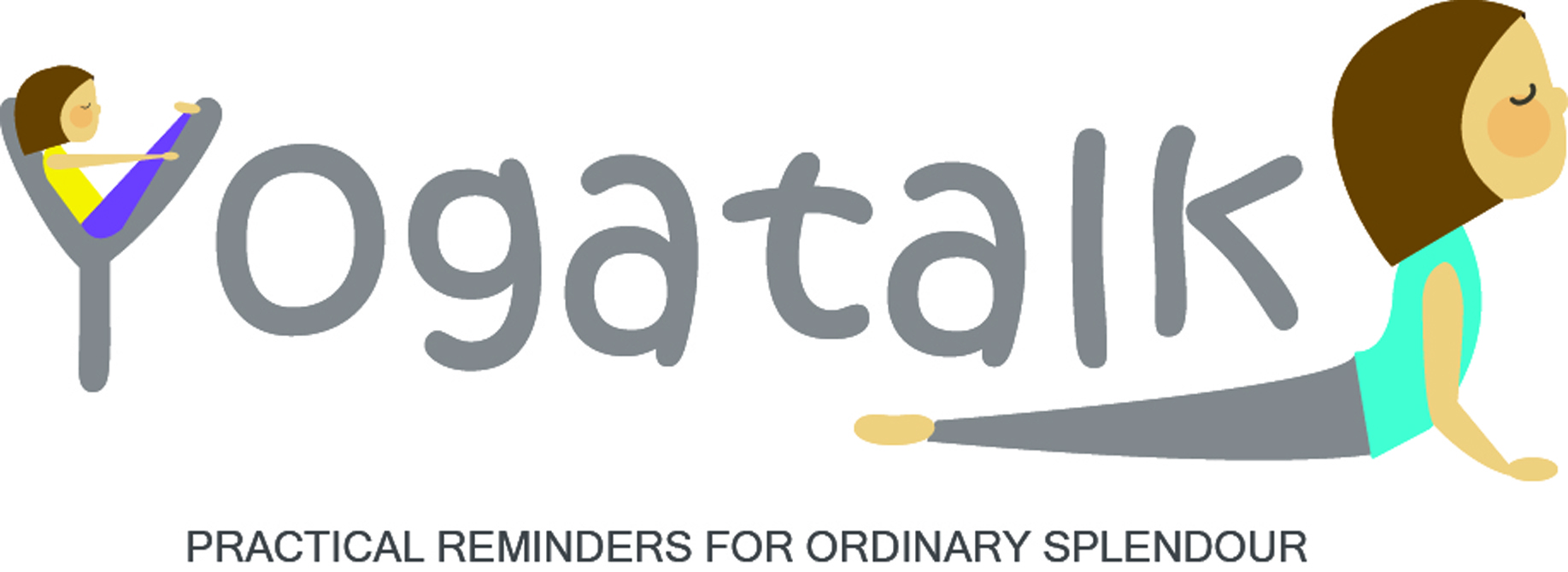
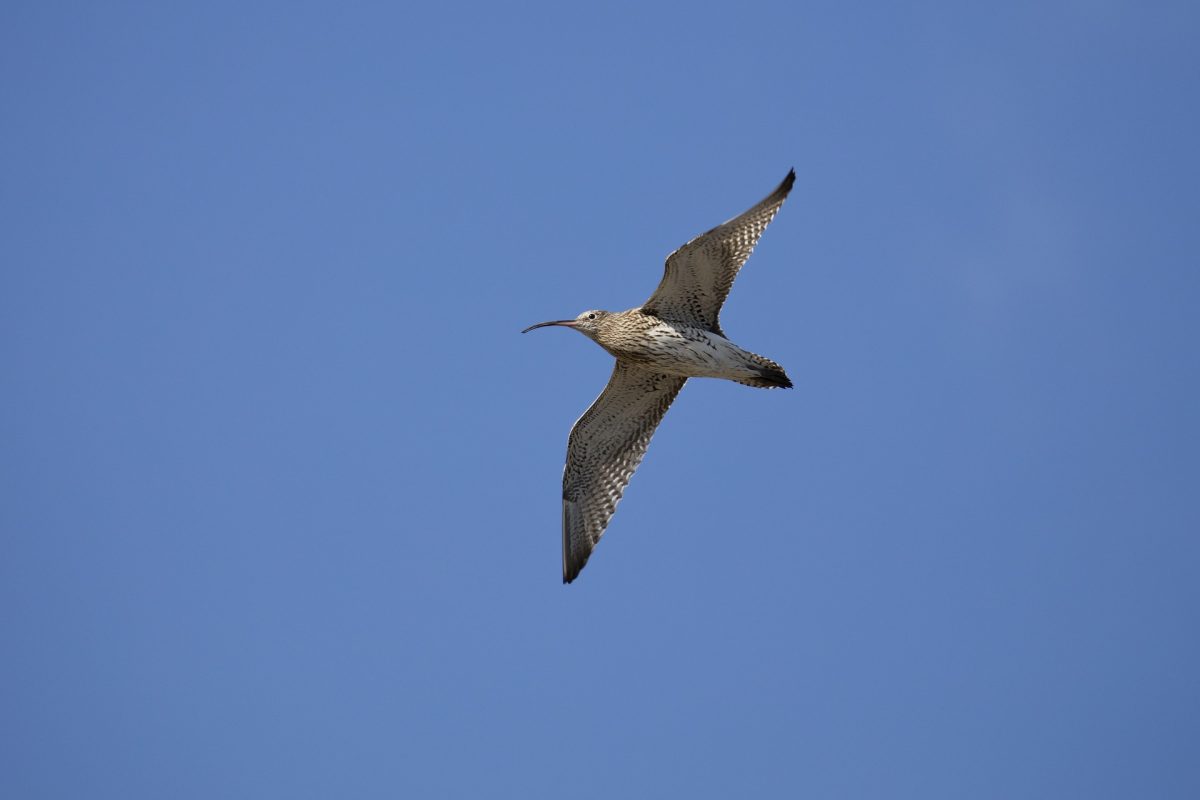
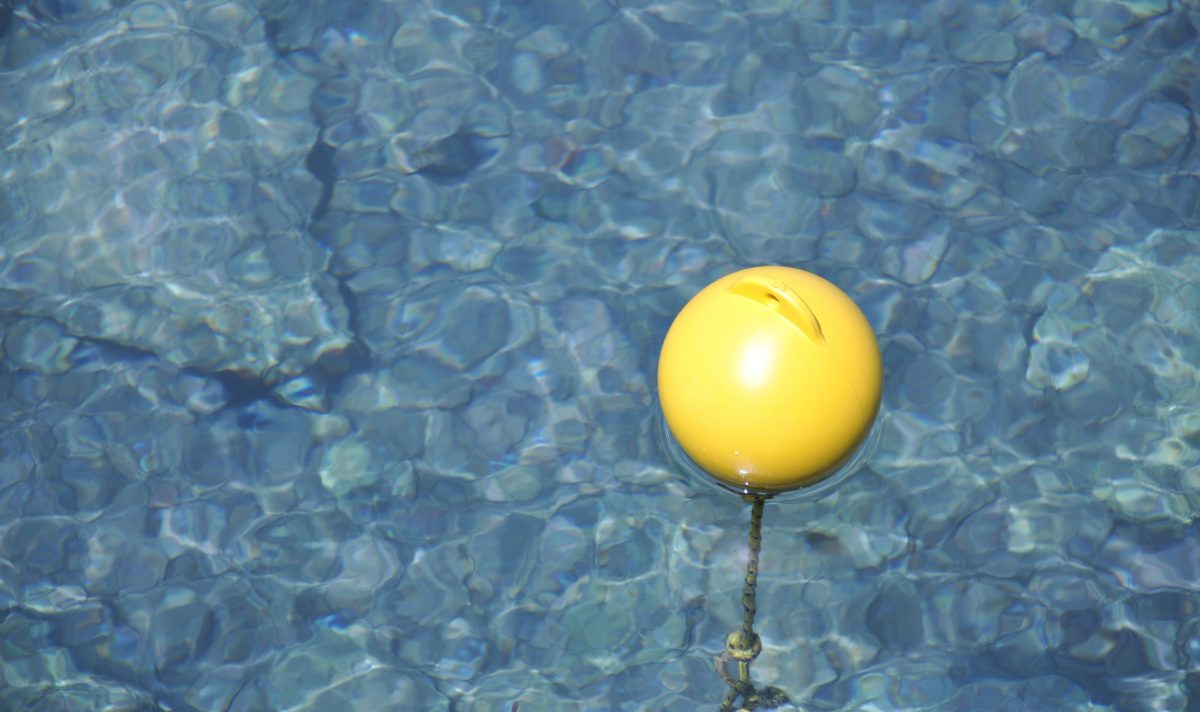
 After a couple of very serious blogs, I found myself thinking I need to bring a little silliness into my day. Not tricky for me. I love a little silliness. I may have mentioned before, and often say this in the yoga class when faced with many serious and sombre faces looking back at me, “There is just not enough silliness in this world”.
After a couple of very serious blogs, I found myself thinking I need to bring a little silliness into my day. Not tricky for me. I love a little silliness. I may have mentioned before, and often say this in the yoga class when faced with many serious and sombre faces looking back at me, “There is just not enough silliness in this world”.
 Have you ever wondered why, when someone asks something of you, you say no when really you wanted to say yes but just couldn’t bring yourself to do it? Or you find yourself doing something you really didn’t want to do because you just couldn’t say no?
Have you ever wondered why, when someone asks something of you, you say no when really you wanted to say yes but just couldn’t bring yourself to do it? Or you find yourself doing something you really didn’t want to do because you just couldn’t say no?


 Here are some thoughts about feeling fine with our here and now… which as it happens, is the yogic concept of santosha. What does this mean, and how can it be useful?
Here are some thoughts about feeling fine with our here and now… which as it happens, is the yogic concept of santosha. What does this mean, and how can it be useful? The smell of gorse or juniper; the sound of boots crunching on sparkly snow; lying on the grass admiring passing clouds; the scent of lilac and the colour of the flowers; the roar of Tarn Beck on a hot day before plunging in; sitting in timeless meditation.
The smell of gorse or juniper; the sound of boots crunching on sparkly snow; lying on the grass admiring passing clouds; the scent of lilac and the colour of the flowers; the roar of Tarn Beck on a hot day before plunging in; sitting in timeless meditation.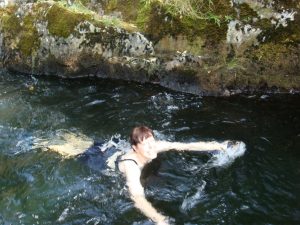

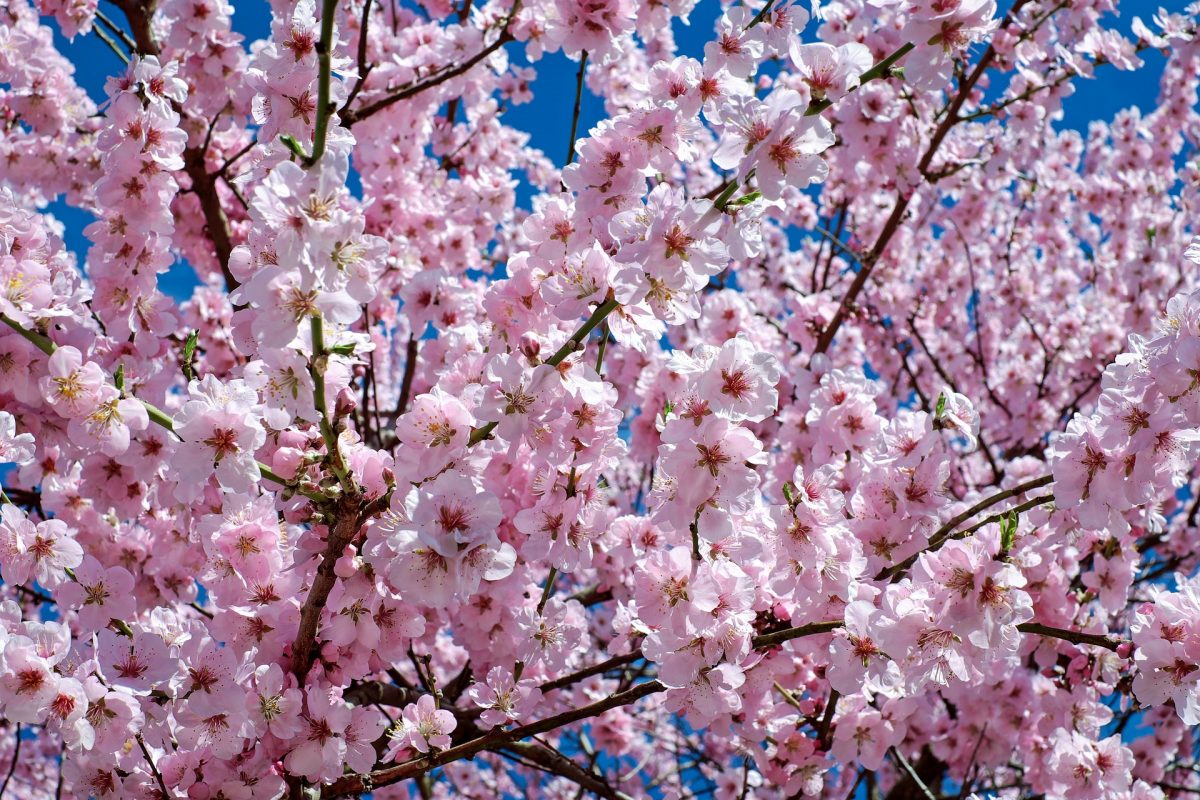
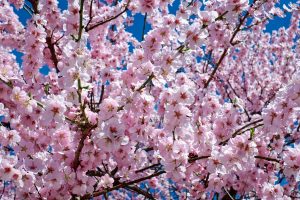 Here are some thoughts about habits, followed by a few simple ideas for how to make more good ones… and break the bad.
Here are some thoughts about habits, followed by a few simple ideas for how to make more good ones… and break the bad.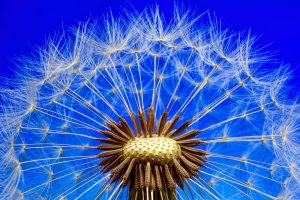


 Most of us are blessed to hear the unique sounds of our daily living; but being used to it makes it easier to miss it.
Most of us are blessed to hear the unique sounds of our daily living; but being used to it makes it easier to miss it.
 Too many humans, all needing food, in a volatile, ever-changing world, which they don’t look after…?
Too many humans, all needing food, in a volatile, ever-changing world, which they don’t look after…?

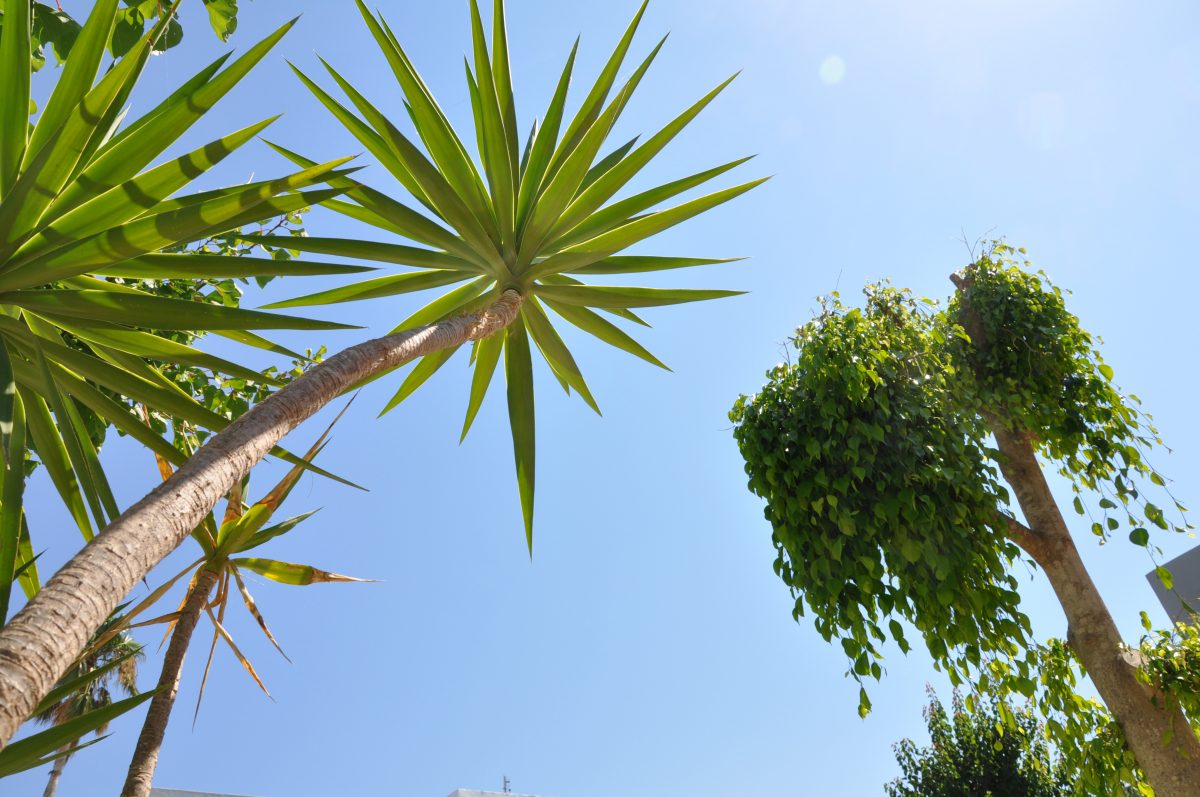


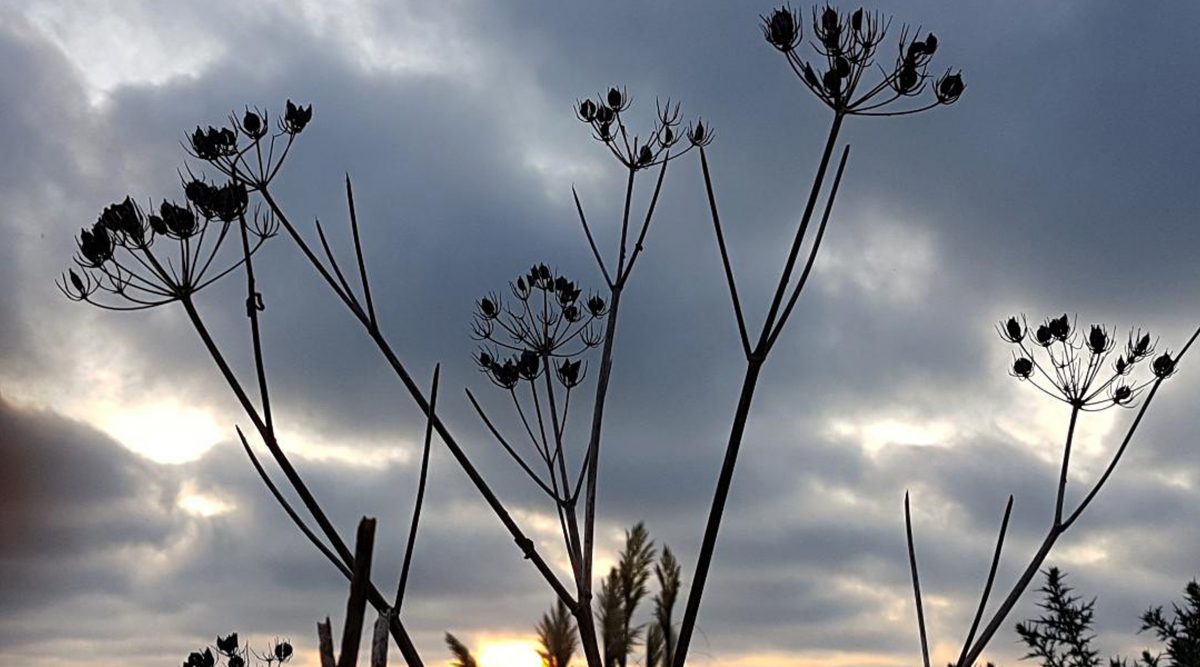



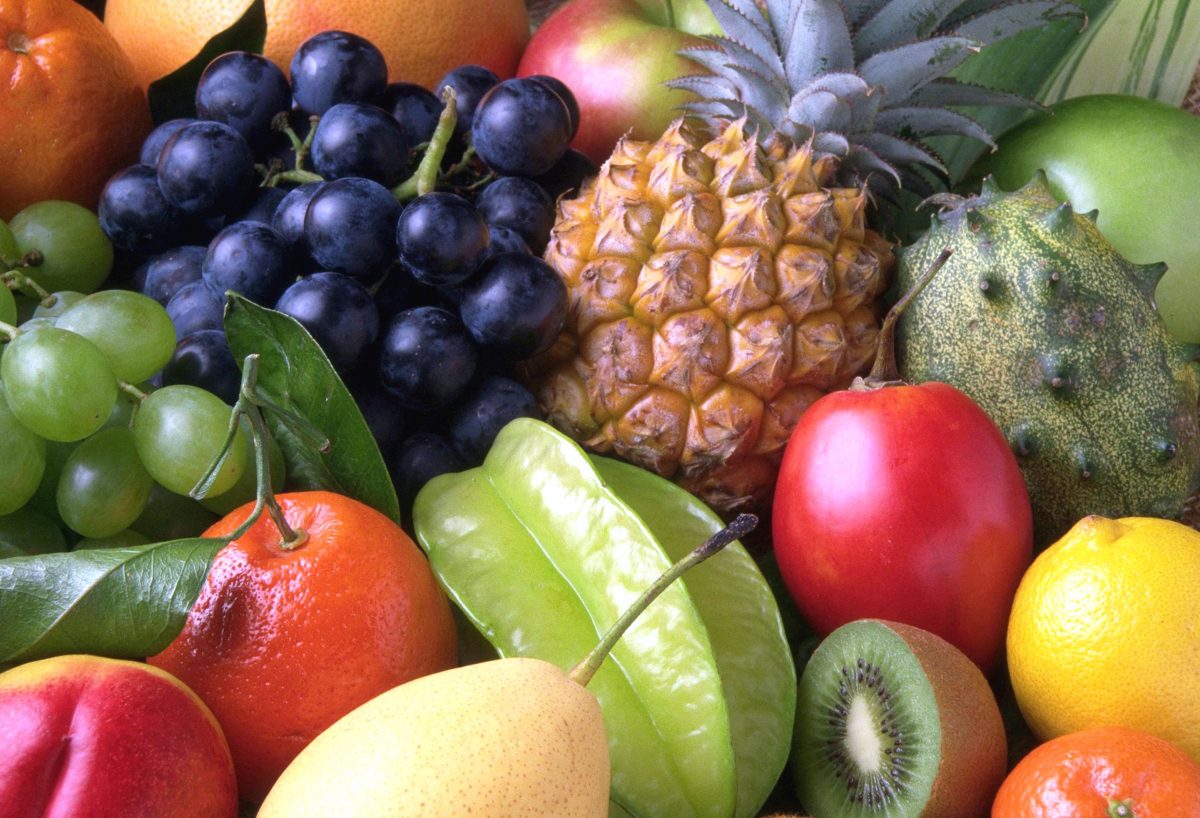
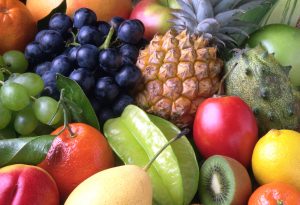

 STOP. CLOSE YOUR EYES AND TRY HOLDING YOUR BREATH…
STOP. CLOSE YOUR EYES AND TRY HOLDING YOUR BREATH…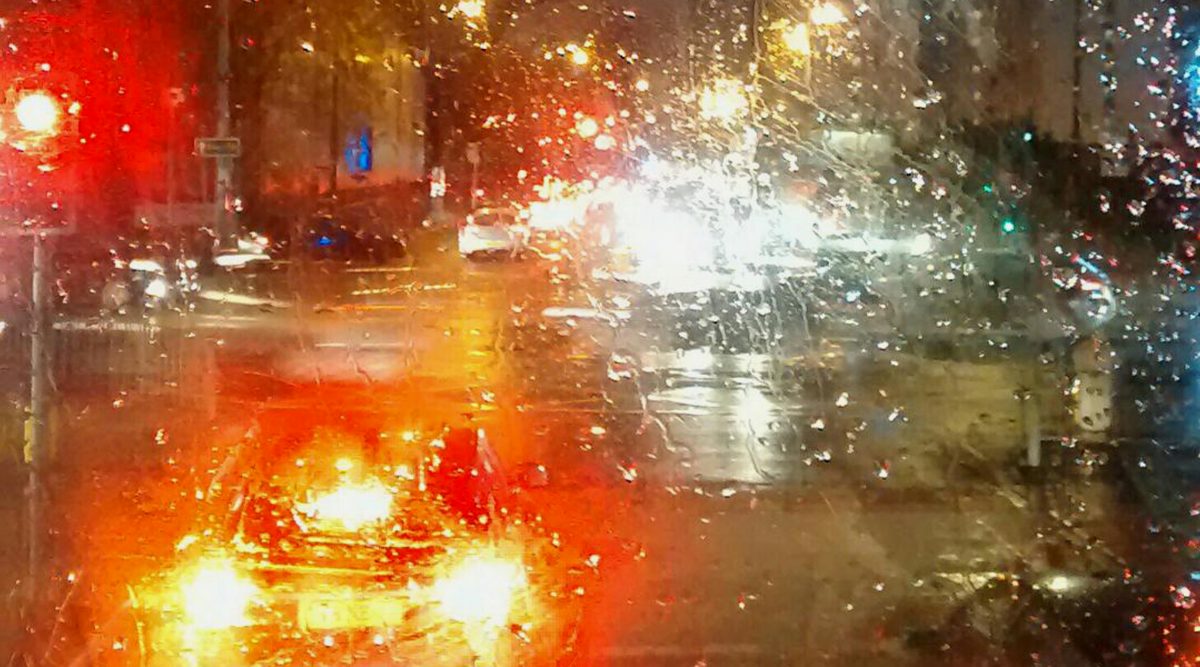
 Right now, Spring seems a long way off. The winter has made itself known. We’ve had snow, ice, rainy days and many early morning frosts. As I write this I am berating myself for being so ‘narrow minded’ for not noticing these gorgeous scenes. We have some of the most beautiful sun rises. The crisp and fresh days walking in the park is a sheer delight. The berries on the trees are at their best.
Right now, Spring seems a long way off. The winter has made itself known. We’ve had snow, ice, rainy days and many early morning frosts. As I write this I am berating myself for being so ‘narrow minded’ for not noticing these gorgeous scenes. We have some of the most beautiful sun rises. The crisp and fresh days walking in the park is a sheer delight. The berries on the trees are at their best.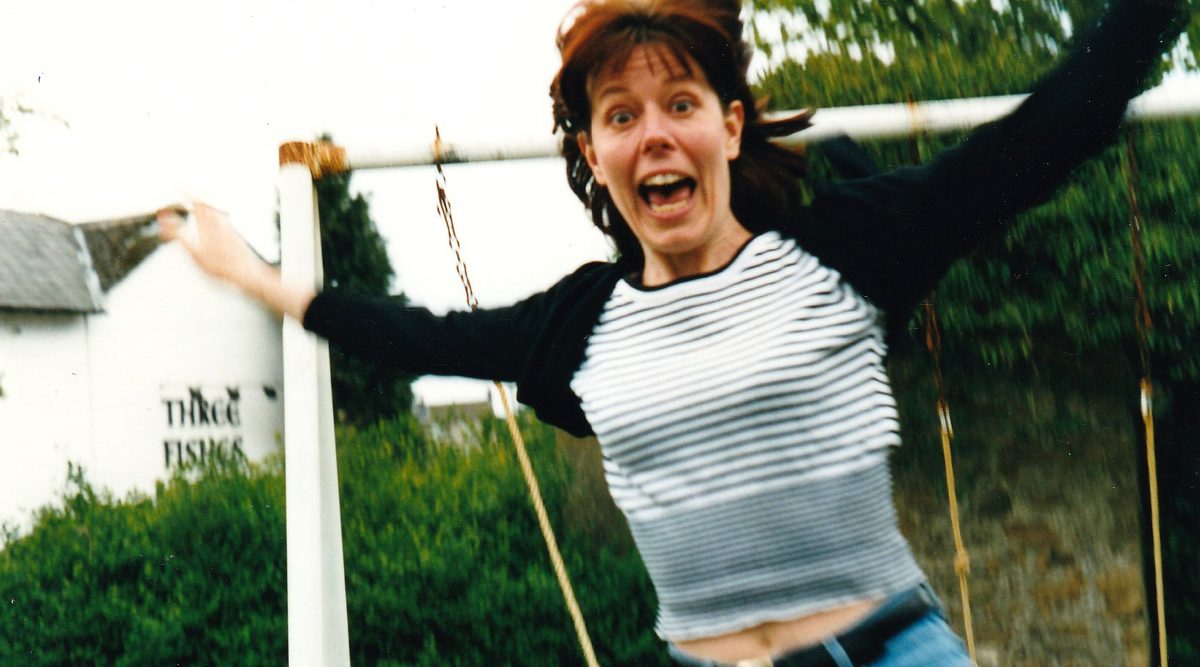
 If you were to ask me if I felt happy, my usual reaction would be to say yes. However, there is a subconscious thing that happens to me that I must be aware of. Often, if I stop to think, I can gauge my level of happiness by how much noise I make. Is this odd? Is it just me? I realised some time ago that a true sign of my happiness is indicated by me tending to sing out loud. I was inspired to write this because I was caught unawares today, singing out loud in the car park.
If you were to ask me if I felt happy, my usual reaction would be to say yes. However, there is a subconscious thing that happens to me that I must be aware of. Often, if I stop to think, I can gauge my level of happiness by how much noise I make. Is this odd? Is it just me? I realised some time ago that a true sign of my happiness is indicated by me tending to sing out loud. I was inspired to write this because I was caught unawares today, singing out loud in the car park.
 Well it’s been quite a season. So busy ! Full of work, yoga, website stuff….. and life – getting along with things has been both challenging and rewarding in equal measure.
Well it’s been quite a season. So busy ! Full of work, yoga, website stuff….. and life – getting along with things has been both challenging and rewarding in equal measure. For those of you who celebrate Christmas – Merry Christmas to you. For those who don’t, we hope you have a wonderful winter festive season. Stay safe and warm with your families and friends and share your love and kindness with all those who deserve it – and maybe those who don’t!
For those of you who celebrate Christmas – Merry Christmas to you. For those who don’t, we hope you have a wonderful winter festive season. Stay safe and warm with your families and friends and share your love and kindness with all those who deserve it – and maybe those who don’t!
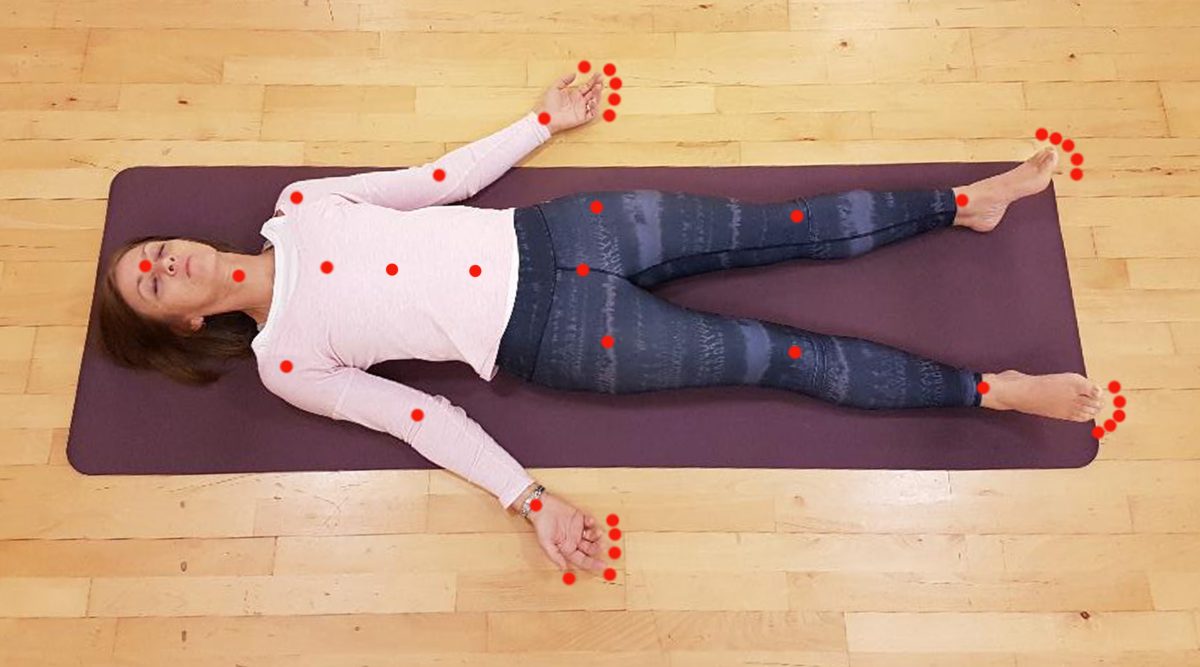
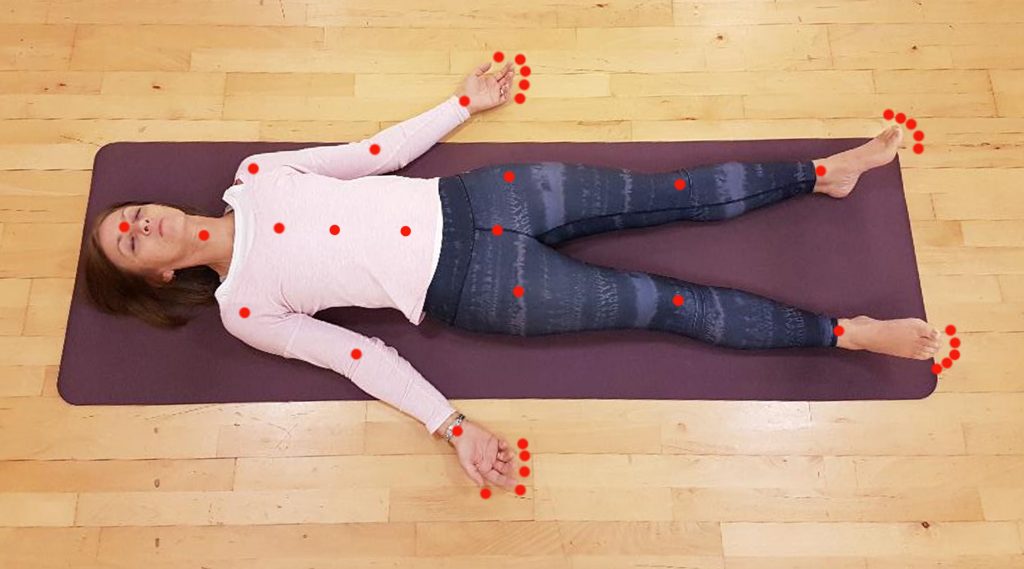
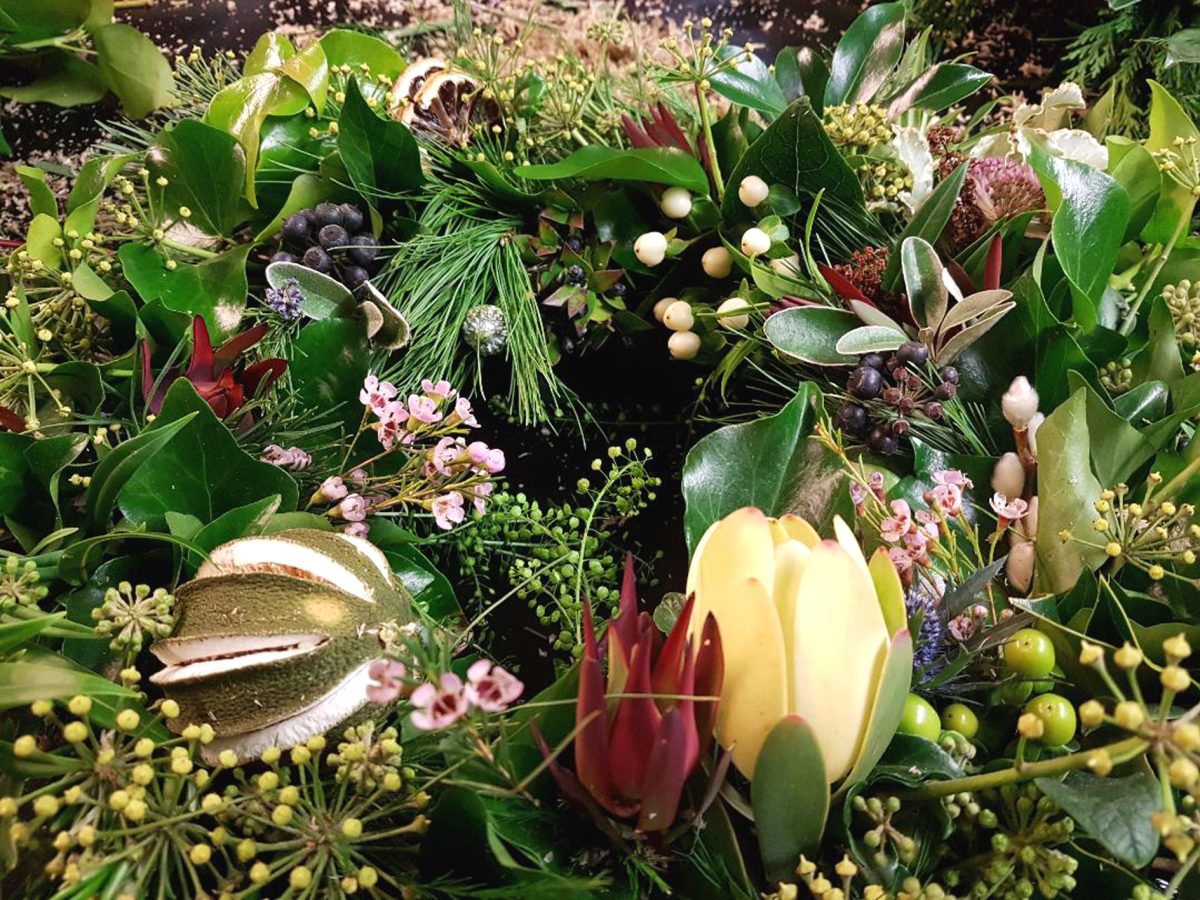
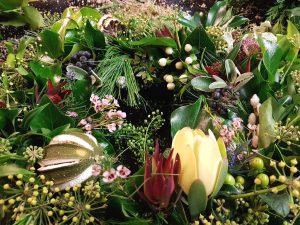 Oh, what heavenly ease, sliding between wakefulness and sleep… at least until we hear the sound of snoring and think, “Uh-oh, that’s me!”
Oh, what heavenly ease, sliding between wakefulness and sleep… at least until we hear the sound of snoring and think, “Uh-oh, that’s me!”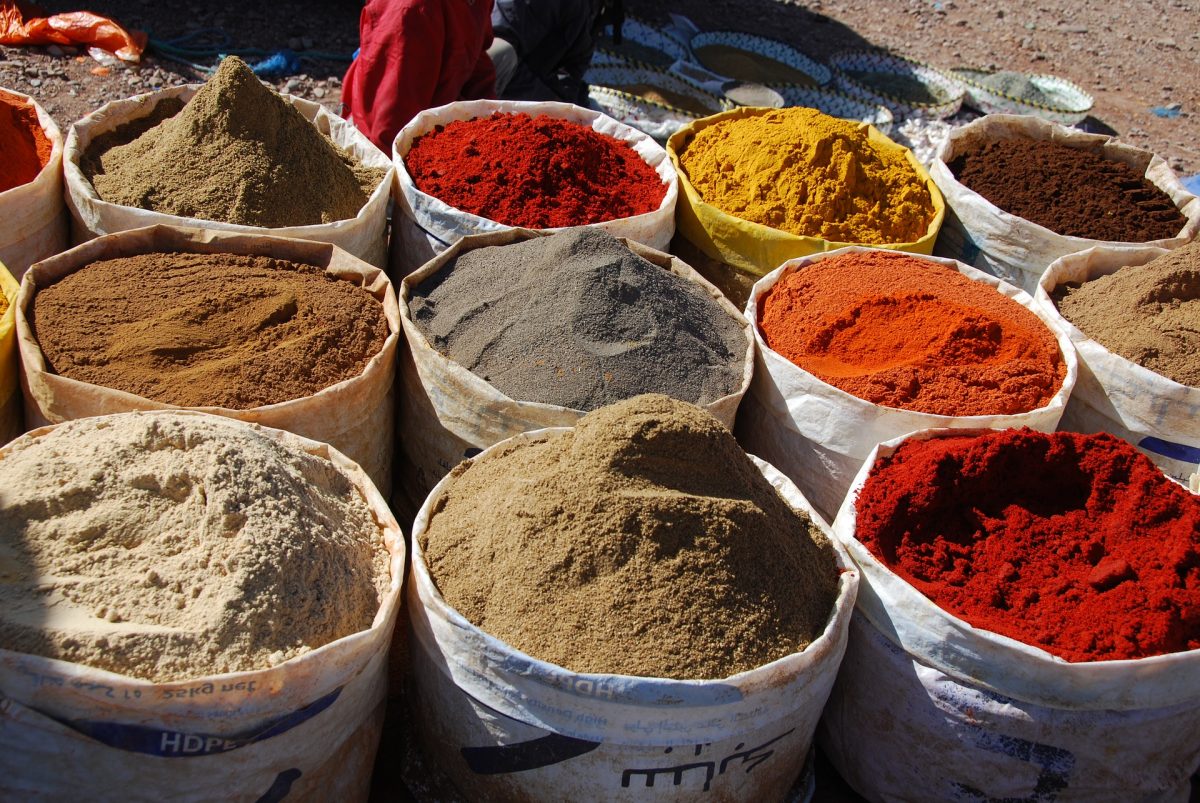
 Here are some thoughts on being stuck in ruts, and some ideas for getting out of them.
Here are some thoughts on being stuck in ruts, and some ideas for getting out of them.

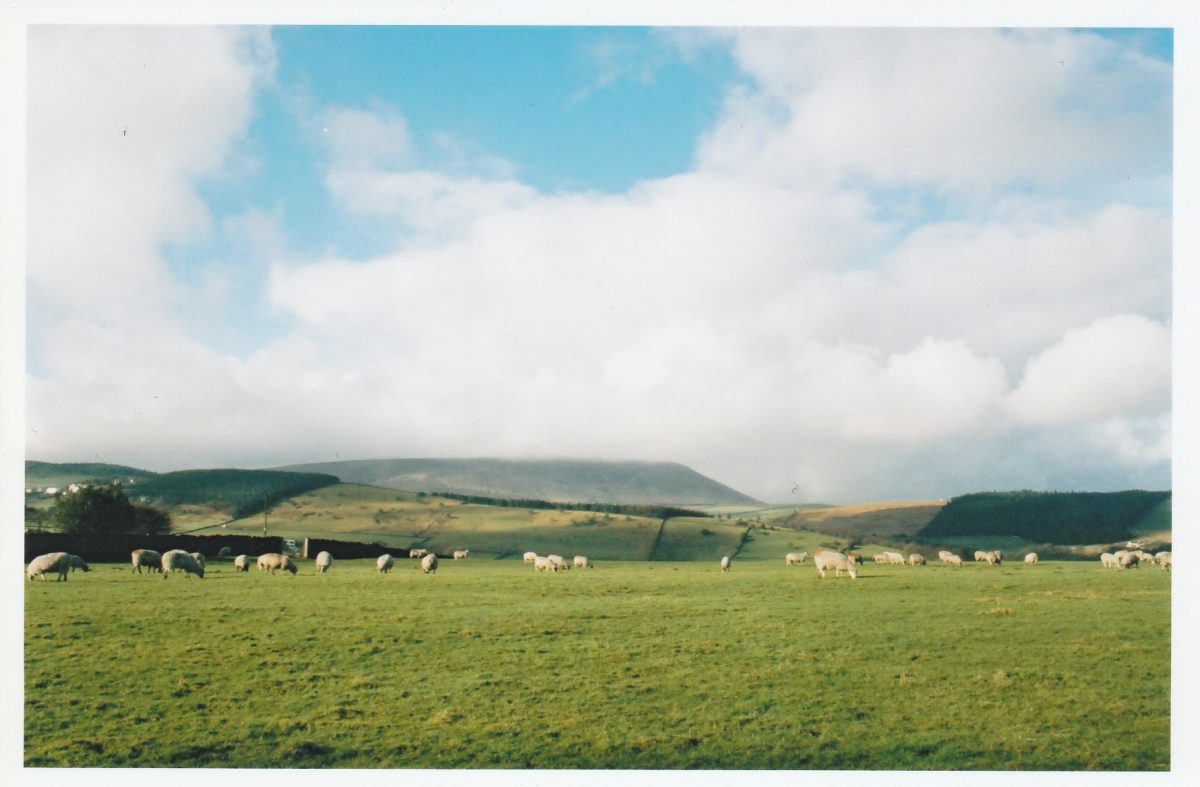
 For an introduction to the STOP PRACTICES see Kit’s blog-
For an introduction to the STOP PRACTICES see Kit’s blog-
 For an introduction to STOP PRACTICES see Kit’s blog
For an introduction to STOP PRACTICES see Kit’s blog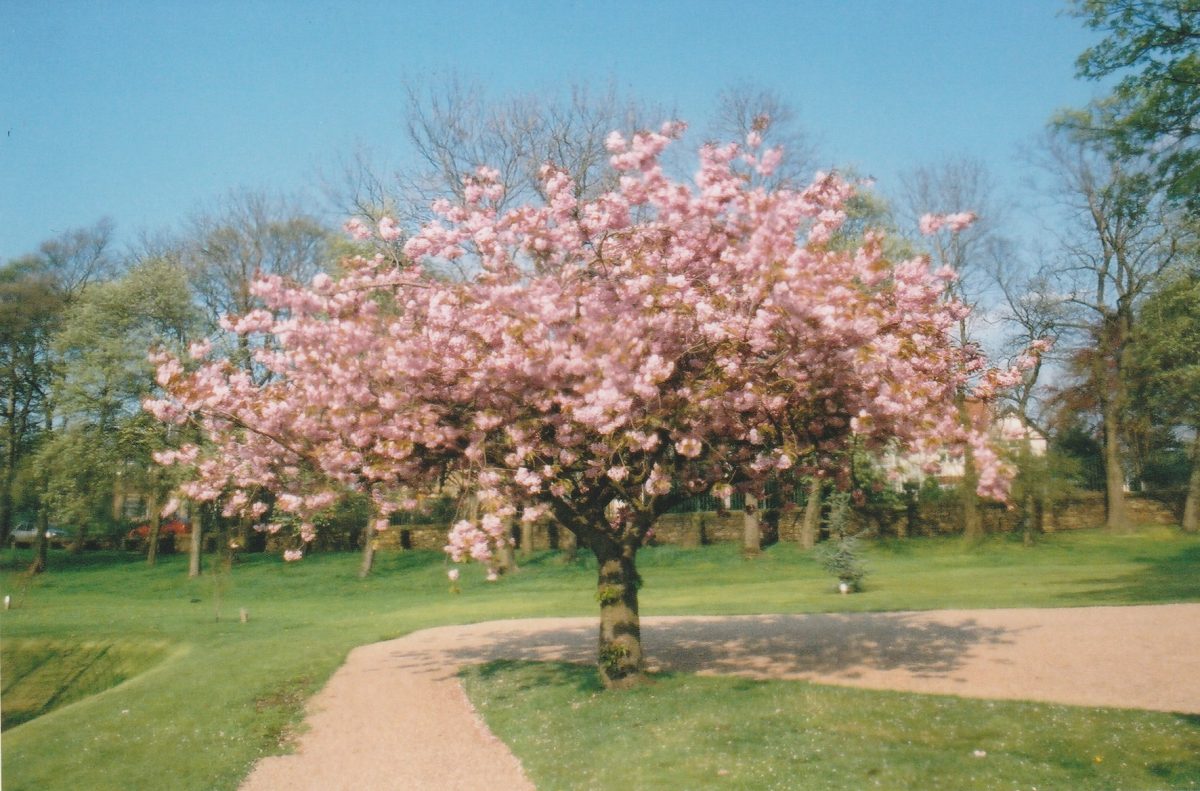
 For an introduction to the STOP PRACTICES read Kit’s blog-
For an introduction to the STOP PRACTICES read Kit’s blog-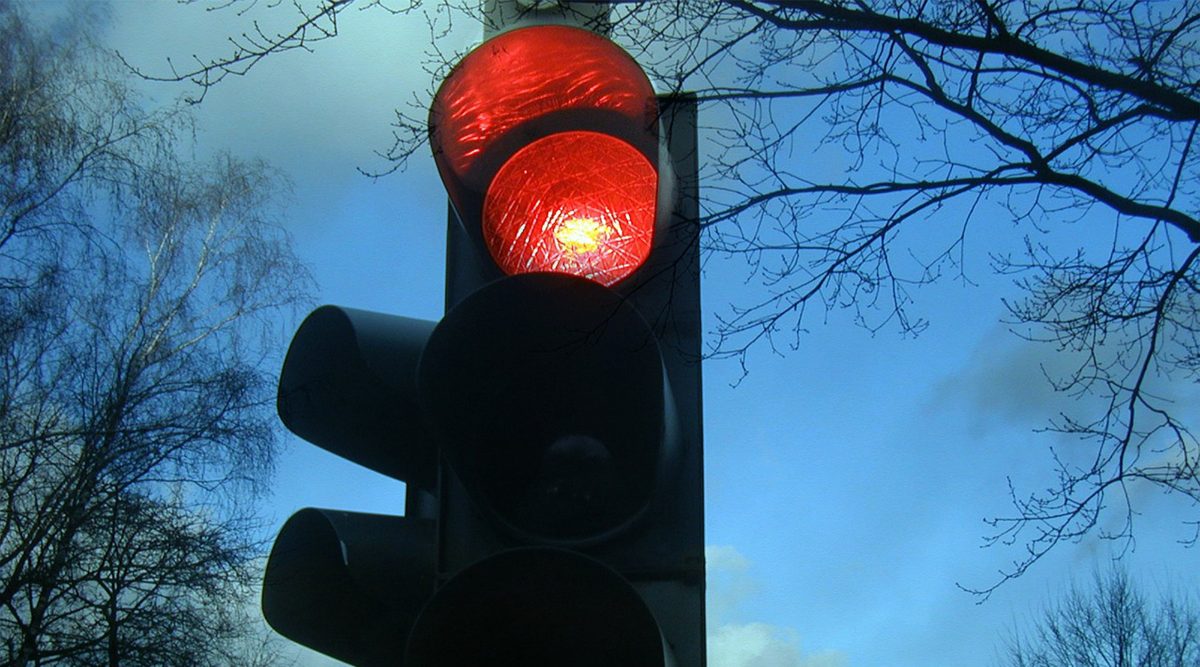
 Here are some personal musings on my ‘stop’ practices – how they came about, and how they still help to save me from my sometimes reckless self.
Here are some personal musings on my ‘stop’ practices – how they came about, and how they still help to save me from my sometimes reckless self.